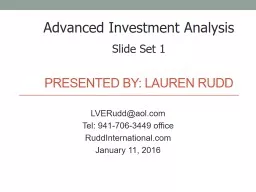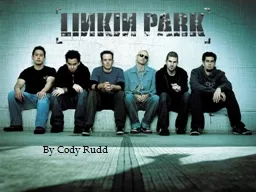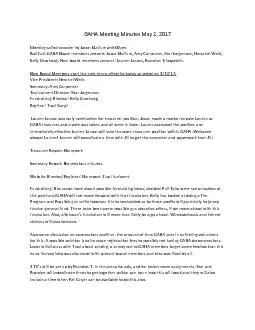PPT-Presented by: Lauren Rudd
Author : lois-ondreau | Published Date : 2019-06-28
LVERuddaolcom Tel 9417063449 office RuddInternationalcom January 11 2016 Advanced Investment Analysis Slide Set 1 What you will learn The difference between expected
Presentation Embed Code
Download Presentation
Download Presentation The PPT/PDF document "Presented by: Lauren Rudd" is the property of its rightful owner. Permission is granted to download and print the materials on this website for personal, non-commercial use only, and to display it on your personal computer provided you do not modify the materials and that you retain all copyright notices contained in the materials. By downloading content from our website, you accept the terms of this agreement.
Presented by: Lauren Rudd: Transcript
Download Rules Of Document
"Presented by: Lauren Rudd"The content belongs to its owner. You may download and print it for personal use, without modification, and keep all copyright notices. By downloading, you agree to these terms.
Related Documents














